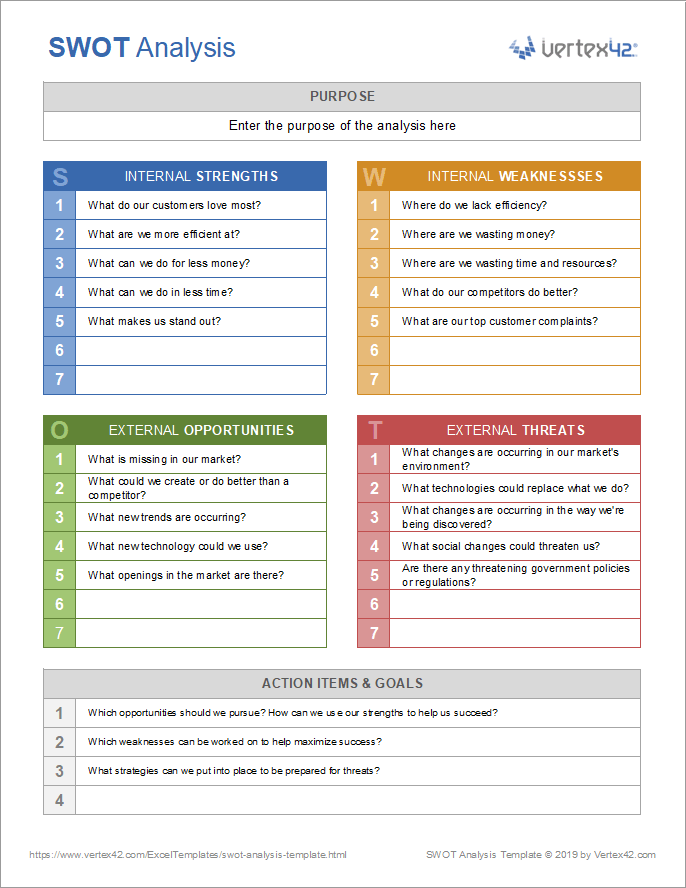
If you are new to SWOT analysis, check out this definition from A Dictionary of Business & Management.
If your instructor has asked you to do a SWOT analysis, be sure to check if you are to create one from scratch, or if you are allowed to review ones created by professionals-if you are interesting in finding example, try one of our databases! Business Source will give you company SWOT's and IBIS will give you industry SWOT's
When searching in the EBSCO Business Databases enter the company name and in the second box, enter SWOT.
If you use a SWOT analysis from a database, don't forget to cite! We have a full guide to APA.
Its widespread application and simplicity have helped SWOT to become the default analysis tool when the operational environment needs to be evaluated. It is not, however, the only assessment tool available and may not be the best choice for every instance.
When going through the actual process it is helpful to consider the following questions for each category:

Weaknesses
Opportunities
Threats
Once the SWOT analysis has been completed the information should be used to determine next steps. These steps will depend on why the SWOT analysis was performed but, generally speaking, it should be determined if there are any clear paths of direction to take, any barriers that are currently insurmountable, and any areas for growth that aren’t currently being pursued but should be.
As powerful and helpful a tool that SWOT analysis is, it still has some limitations that should be considered if an effective outcome is to be had. First, it should be recognized that the information included in a SWOT analysis lends itself to subjectivity. It is important to avoid opinions as much as possible and instead try to only list factual data. Most organizations have data available such as user surveys, door counts, reports, industry data, and so on. Second, lists can easily become overwhelmingly long. While it is helpful to list many factors, it is important to revisit the list to prioritize the list and cull unfounded opinions. Thirdly, information should be stated in simple terms. Verbose declarations aren’t very helpful and time should be taken to drill down until a factor can be simply stated. Lastly, SWOT is sometimes used on the backend to justify an existing course of action or to paint a rosier picture than what exists. In order to be useful, the SWOT analysis should be used to evaluate, not justify, courses of action or falsely improve the environment.
Corey S. Halaychik, in Lessons in Library Leadership, 2016